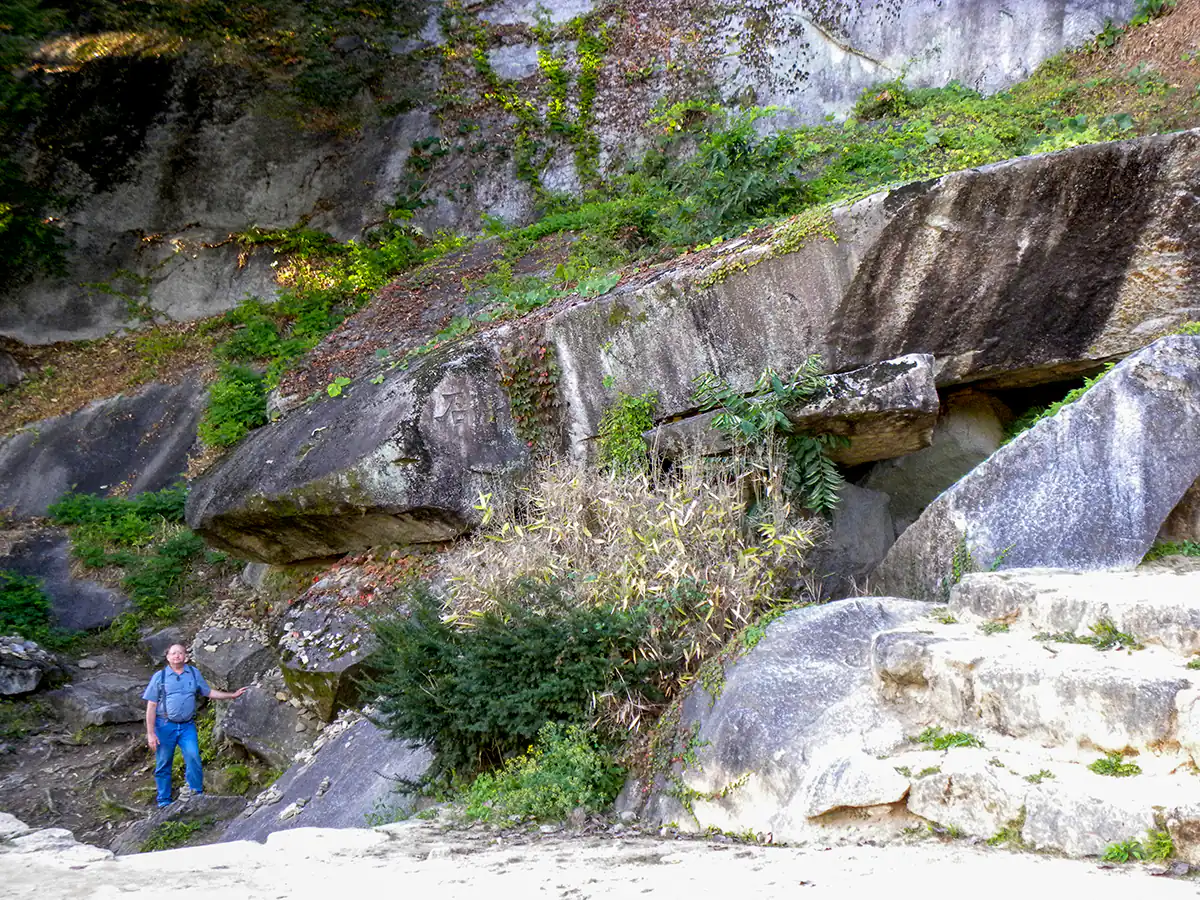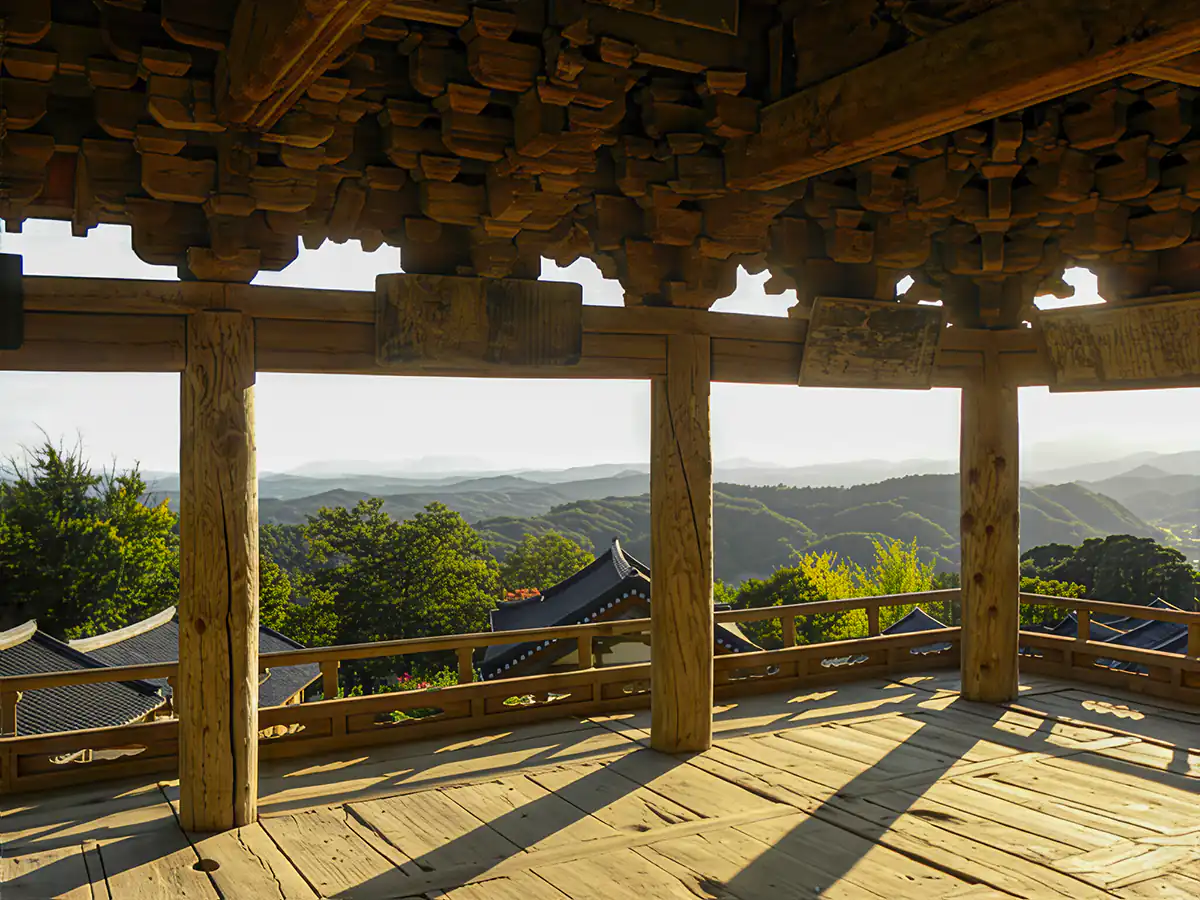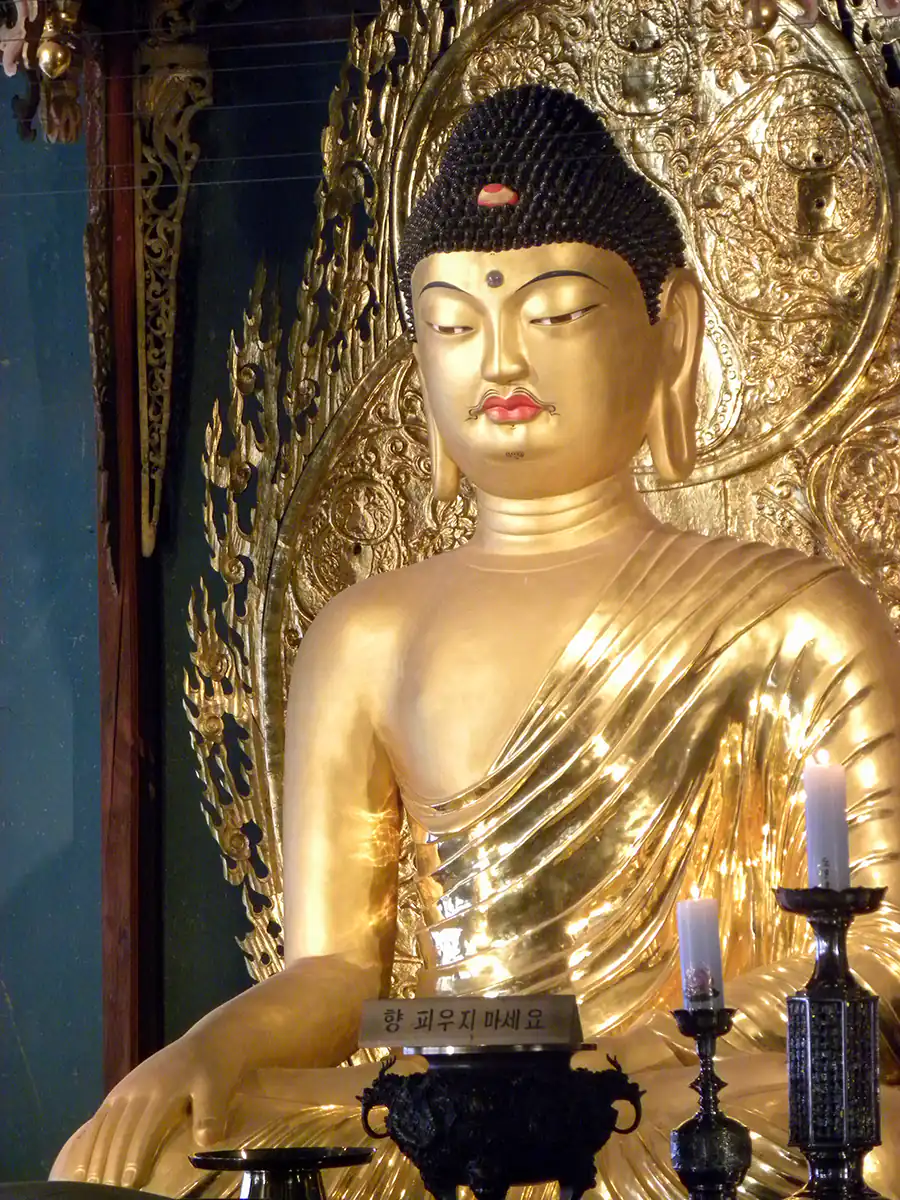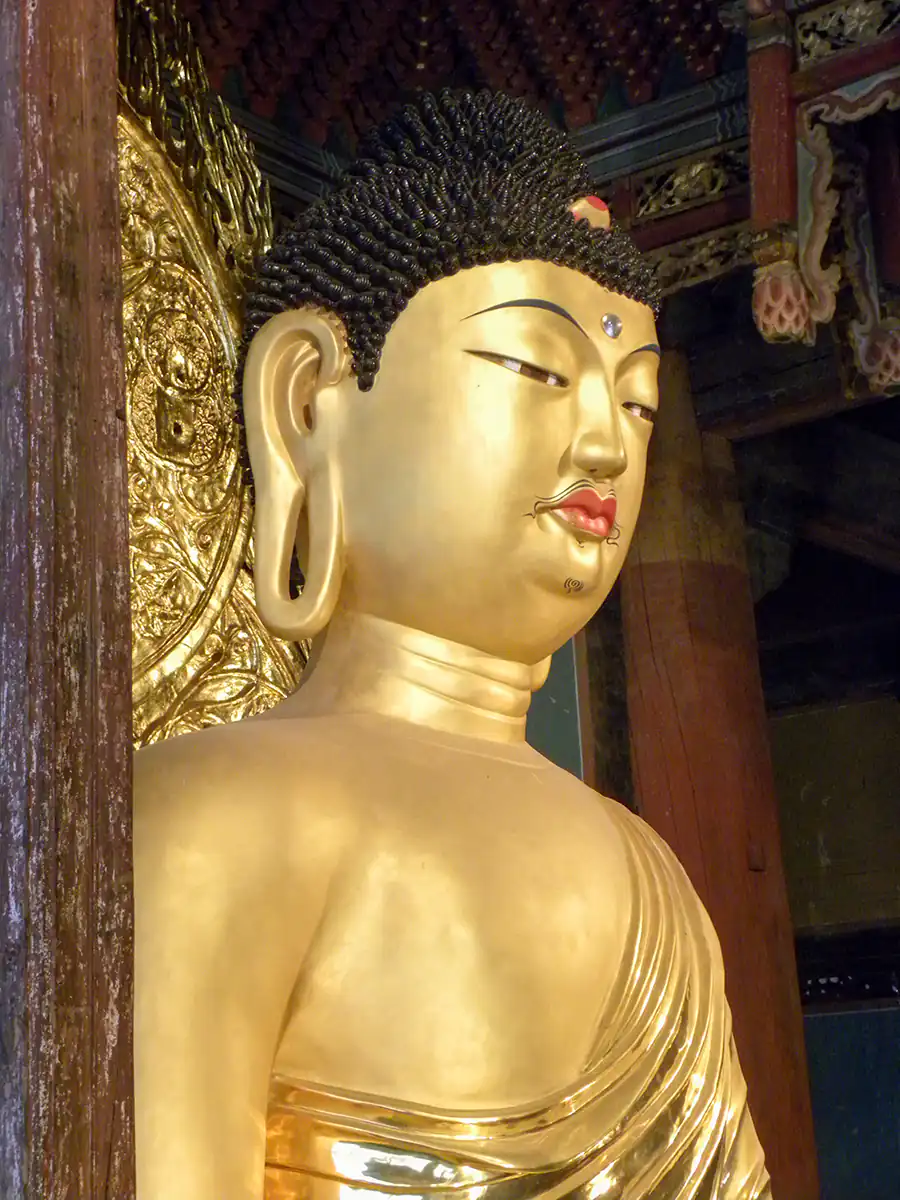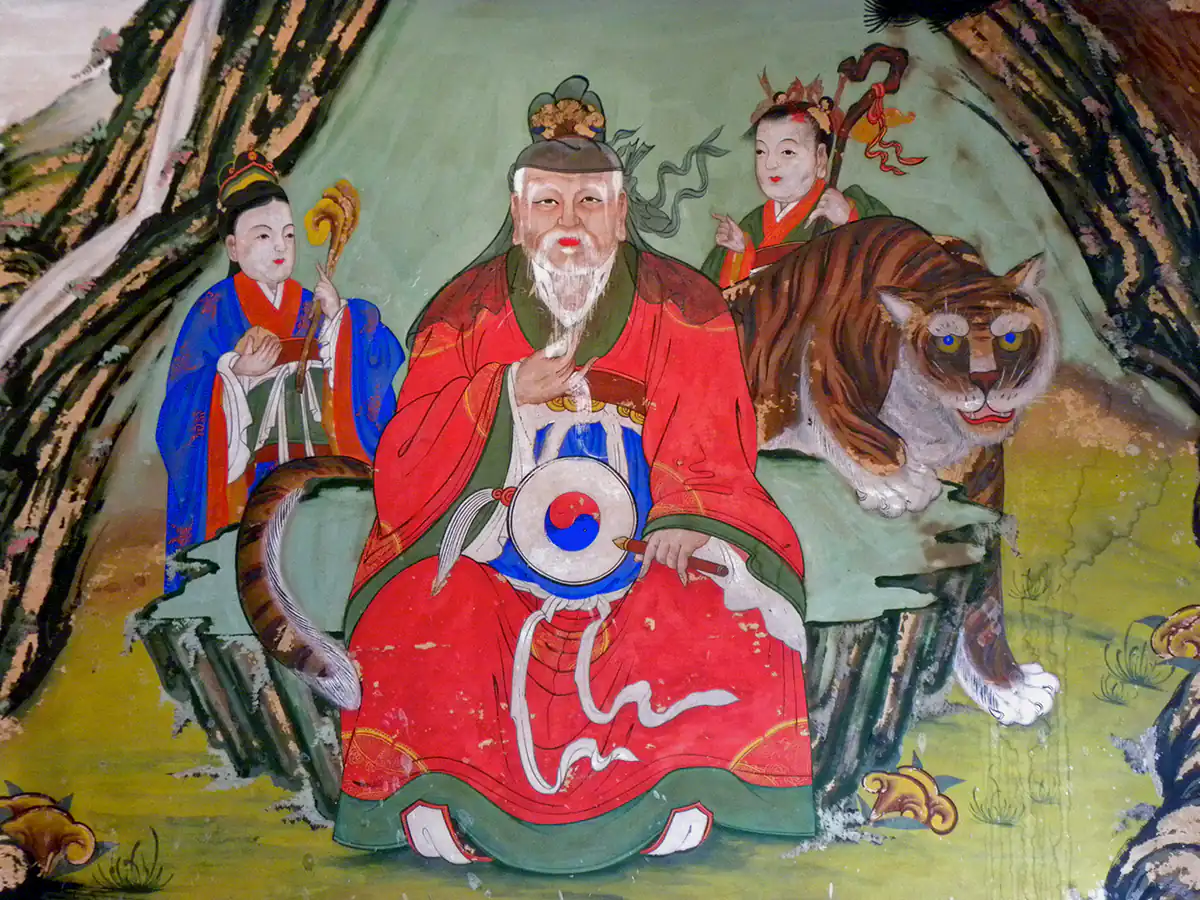Sobaek-san
The "Lesser White Mountains" is now a huge sprawling National Park on the borders of North Gyeongsang, North Chungcheong, and Gangwon Provinces; its peaks continue the "Baekdu-daegan" spine of Korea westwards from Taebaek-san. It is considered Korea's main "residence" of Biro-bul [Vairocana, the Buddha of Cosmic Light], and several of its peaks and temples are devoted to that deity. In the Yeongju City sector sits Buseok-sa (Floating-Rock Monastery) at Seondal-bong (Meditation-Moon Peak) (1236m), founded in 676 by Great Master Uisang to propagate the Hwaeom (Hua-yen) doctrines. Still today one of Korea's most important Buddhist temples, it's famous for its beautiful and geomantically-ideal setting and architecture, including its Main Hall, Korea's oldest large wooden building. Nearby is the Seosu-seowon (Western-Water Academy), in Punggi Town of Yeongju City. This was the first Neo-Confucian private school built in Korea, founded by renowned scholar Toegye Yi Hwang in 1550; it contains the shrine and museum for the Sage An Hyang, who brought Neo-Confucianism from China to Korea in the 14th Century. Many people who value the ancient Confucian ideals visit here.
For additional information by Professor David Mason, visit san-shin.net.

Martin Gray is a cultural anthropologist, writer and photographer specializing in the study of pilgrimage traditions and sacred sites around the world. During a 40 year period he has visited more than 2000 pilgrimage places in 160 countries. The World Pilgrimage Guide at sacredsites.com is the most comprehensive source of information on this subject.
